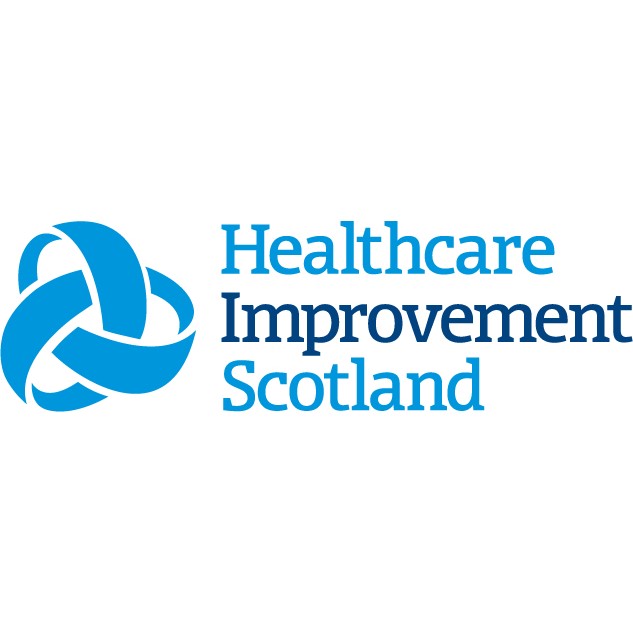Measurement

Measurement is an integral part of quality improvement. Being able to measure if and how your improvement efforts are making a difference is essential. Suggested measures in this document are grouped into outcome, process and balancing measures. Data should be collected frequently enough to understand if the testing and implementing of changes are leading to improvement. Data should be plotted where possible weekly (but if not, at least monthly) to give enough data points to demonstrate sustained change over time. There is also some additional information about how to carry out analysis that will help you better understand the prevalence of dementia in your population.
A family of measures
Any improvement project should have a small family of measures that track the progress of the project over time. These should include:
- Outcome measures: to tell the team whether the changes it is making are helping to achieve the stated aim. For example, “People living with dementia, carers and family members report improvements to health and social care services.”
- Process measures: to tell the team whether things that have to be done to achieve the desired outcomes are happening reliably. For example, “Timely offer of appropriate support following diagnosis.”
- Balancing measures: to check for possible consequences elsewhere in the system. For example, readmission rates.
The Dementia in hospitals improvement toolkit (currently being reviewed) may be helpful for learning about the types of measures which are used in improvement projects. The context within which this improvement project was not the same, but some measures, and the general principles which underlie their use, may be transferable. NHS Education for Scotland’s Turas platform also provides useful information on the process of selecting and developing measures for developing and undertaking measurement for improvement projects.
Teams should:
- Familiarise yourselves with the measures outlined in this document.
- Decide what measures best fit with your chosen improvements.
- View the data regularly as a team to ensure that changes being tested are having the desired impact.
When planning your data collection, you will need to consider the following things:
- Collecting your data:
- Who will collect the data?
- What data will you collect?
- When will you collect the data?
- How will you collect/record the data?
- Displaying your data
- What chart type you will use?
- How will you share and use your data?
Learn more about measurement
The measurement section of the NHS Education for Scotland TURAS resource on the improvement journey also provides valuable information about measurement.
Run charts
Run charts are an excellent way to present your data to help you to understand what is happening in your system. They are used to distinguish between random variation (variation that affects all processes, people and outcomes equally) and non-random variation, which could be due to the changes you have introduced. The example below shows how annotating the graph helps to illustrate what is happening to the data, positively or negatively, including the impact of improvement initiatives.

The NHS Education for Scotland TURAS module, presenting your data, is a good way to learn more about run charts.
Local population
Many outcome measures are dependent on being able to identify people with a dementia diagnosis. Understanding the known prevalence (people with a diagnosis of dementia known to services) within an area provides a basis for improvement activity: not just measuring change and outcomes, but also supporting services to identify and target areas for improvement. A focused piece of work may be required to understand and collate information from different sources. For example, when Inverclyde HSCP looked to understand its known prevalence, data was extracted from recording systems for Older People’s Mental Health services, social care services, post-diagnostic support, prescribing, GPs, and hospitals.
